Squier '62 Stratocaster (1/2)




This is my reference for guitar setups - a Japanese "E-series" Squier Stratocaster from the early '80s. This was an era when Fender-America was not doing their best work, while the Japanese models were superb.
From Fender's Knowledge base:
DATING JAPANESE-MADE FENDER INSTRUMENTS
Records on early Japanese-made Fender instruments are not complete and are therefore not completely definitive for dating purposes. As always, serial numbers should only be used as a guide for dating and should be used in combination with known age-related specifications to help identify the production year of an instrument.
JV + 5 digits - 1982-1984
SQ + 5 digits - 1983-1984
E + 6 digits - 1984-1987
many more after that
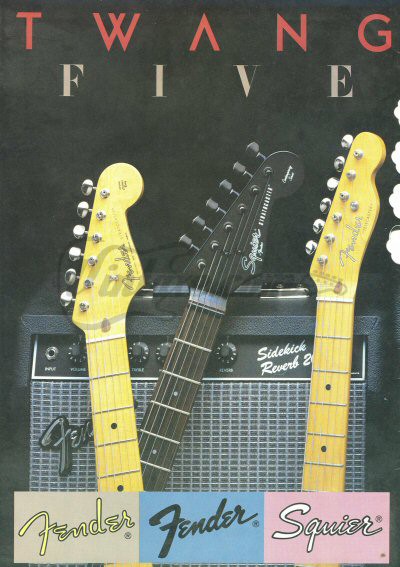

I guess mine is most like a SST-45 VWH/R, which probably stands for 45,000 yen, Vintage White Rosewood. If anyone can read the Japanese, I'd love to know what it says. Doing the math, Y45000 in 1983 is about Y57400 in 2022, about $400, or about $140 in 1983. So basically the price of a "Classic Vibe" Squier today. Japanese Fenders have an interesting history all their own, this one should have been made in the FujiGen Gakki factory, look it up. I would consider this guitar to be at least as good in terms of build quality as any American Fender.
I didn't pay a lot for my "Samurai Stratocaster", because it is a "Squier", and it was in well-used condition. The body and finish had a lot of wear - but this one came by its 'relic-ing' honestly. Scuffs, scrapes, dents, dings, chips - you name it, everything but a cigarette burn. It got played a lot in church. The neck was in much better shape than the body.
Apart from the cosmetics, I also found that it had a wiring fault - the neck tone control was non-functional. I had to laugh, because I'm sure if QC had caught that at the factory, some poor electronics tech would have had to commit seppuku with a soldering iron.

So I went to work on it. First I disassembled it completely, and cleaned all the metal parts in an ultrasonic cleaner and/or Easy-Off oven cleaner, to get them all bright and shiny. The body is finished in nice thick poly, which gives plenty to work with when restoring. After sanding, buff, and polish, the faces look like new, with still a few chips and dings around the edges for character. The deeper ones I might have smoothed with a bit of clear nail polish (lacquer). Up close, it shows its age, but from a few feet away it could be new.
The neck got a light buffing and polish, but really didn't need much. The frets were in good shape, they just got a light leveling with a soap-stone, crown and polish. The fretboard got a light coat of linseed oil, which will make it nice and dark forever. You don't see that kind of almost-black rosewood any more. The tuners were fine, and I never touched the truss rod.
The pickguard was pretty rough, so I got a nice new Fender torty one. I transferred all the electronics and repaired the wiring fault, and I swapped-out the bridge tone pot for a push-pull pot that engages the bridge pickup, which gives you the 'forbidden' pickup combinations: neck-bridge, and all three. I changed the switch tip from black to cream, to stand out against the new dark pg. All the electronics got a good cleaning and are as quiet as new, and I shielded the body cavity. One the back, I added a tremolo stabilizer ( see link at left ) and fixed a small crack in the cover.
I set it up with D'Addario 10's. The bridge is now fully-floating to Fender specs, whereas before it was tightened-down to the body the way most Strats are. The tremolo stabilizer gives the bridge a place to rest, so that no matter how much you abuse the whammy bar, it always finds its original spot and stays in tune. You can feel a very slight bump in the tremolo action as the stabilizer engages, it really doesn't affect playing.
The stabilizer also makes it much easier to set up the action/intonation/tuning, which are all intertwined on Fender's awful bridge design, and normally takes several go-arounds to get right. Even most guitar techs don't seem to understand how to do this. You have to circle in on it, as every adjustment throws off the other two. That's why most Strats have the bridge hard against the body with excessive spring tension.
And that's it. This is the best-playing six-string I own. If you can get your hands on one of these old guitars, and it's not all beat to hell, grab it. The best serial numbers start with V, SQ, and E, but anything from Japan is going to be a great guitar, whether it says Fender or Squier on it.
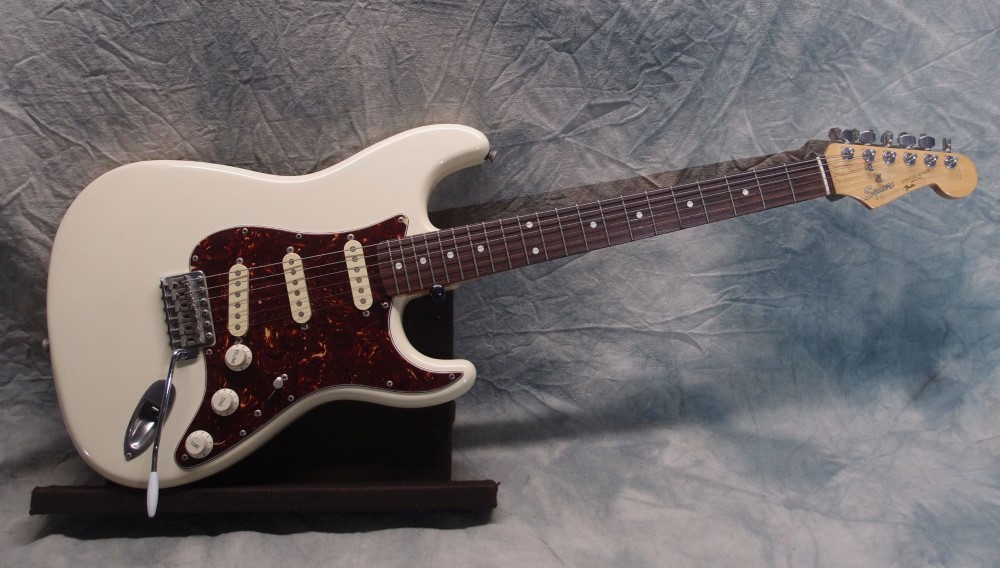
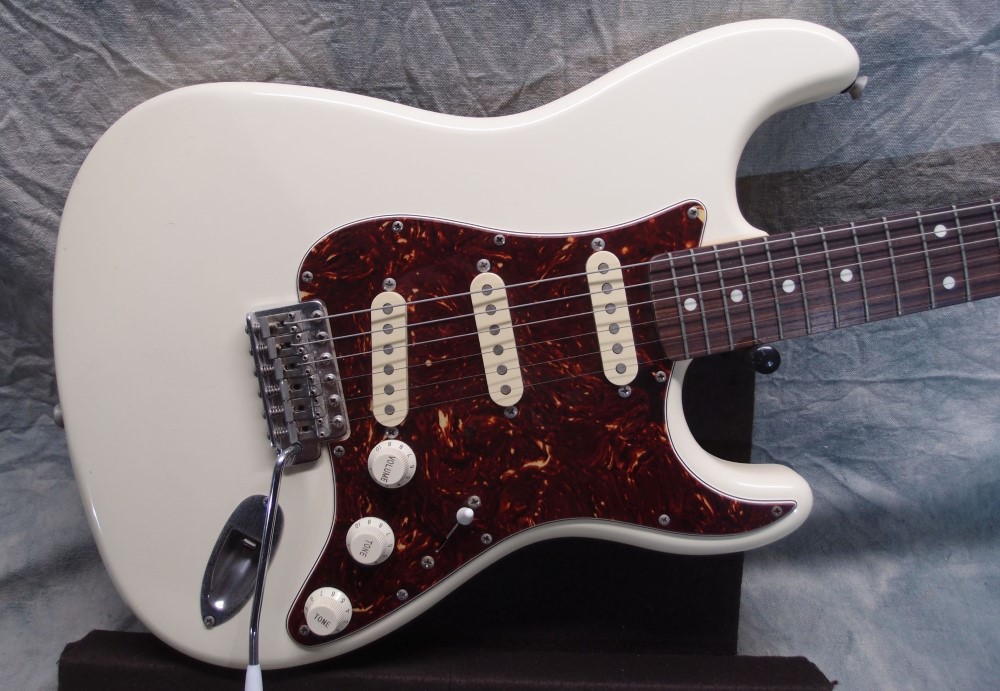

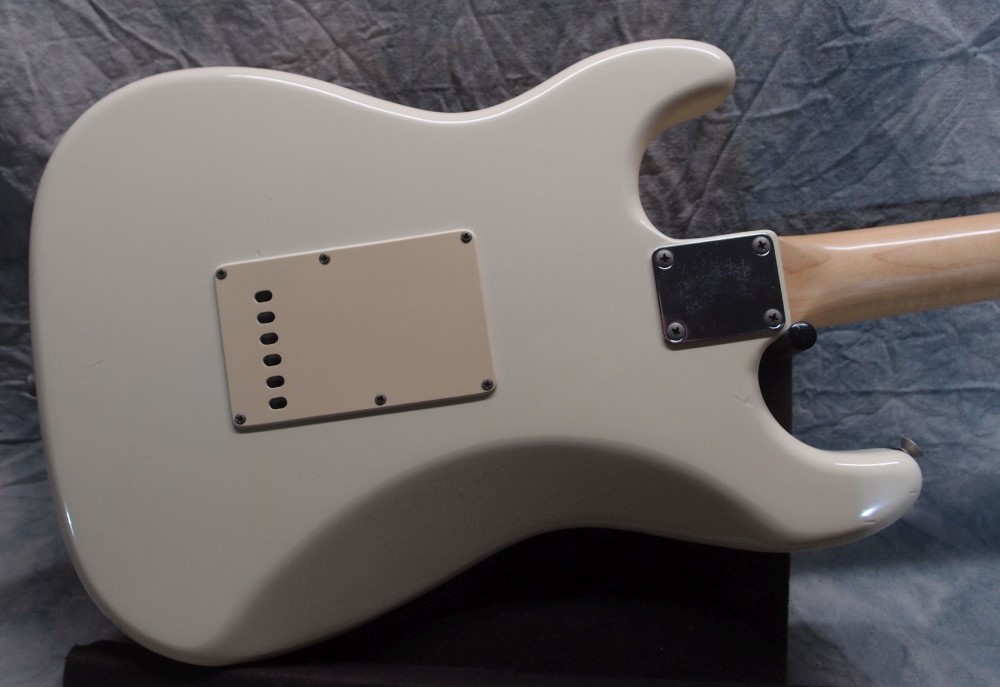
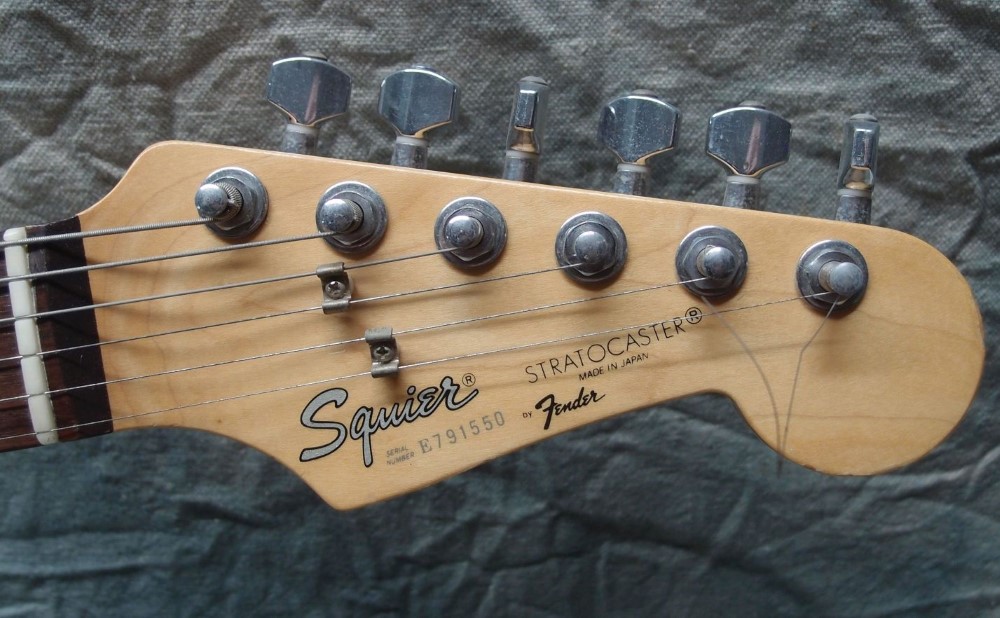

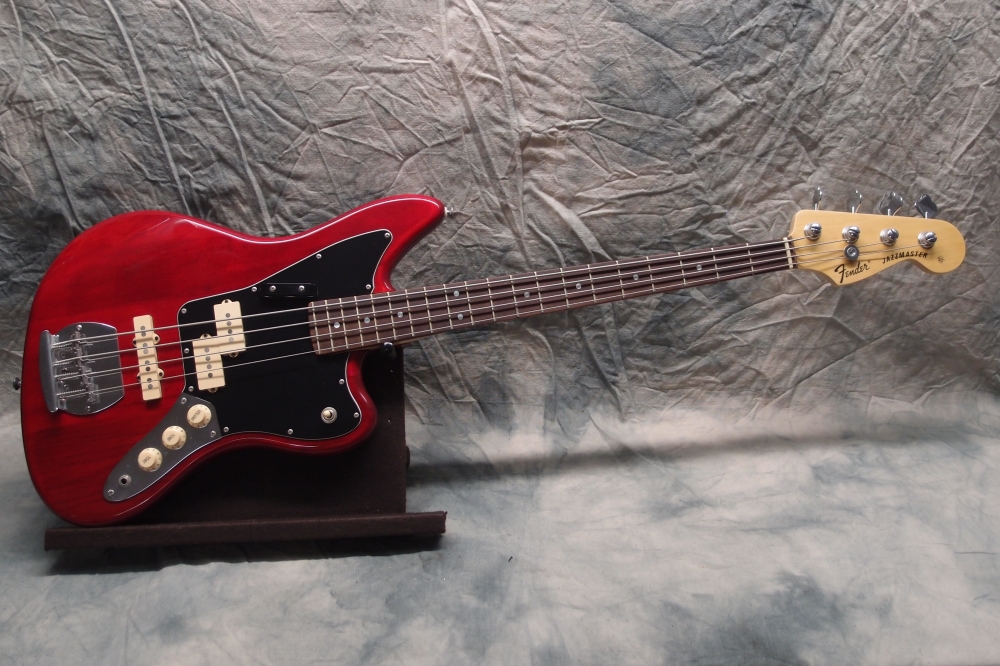
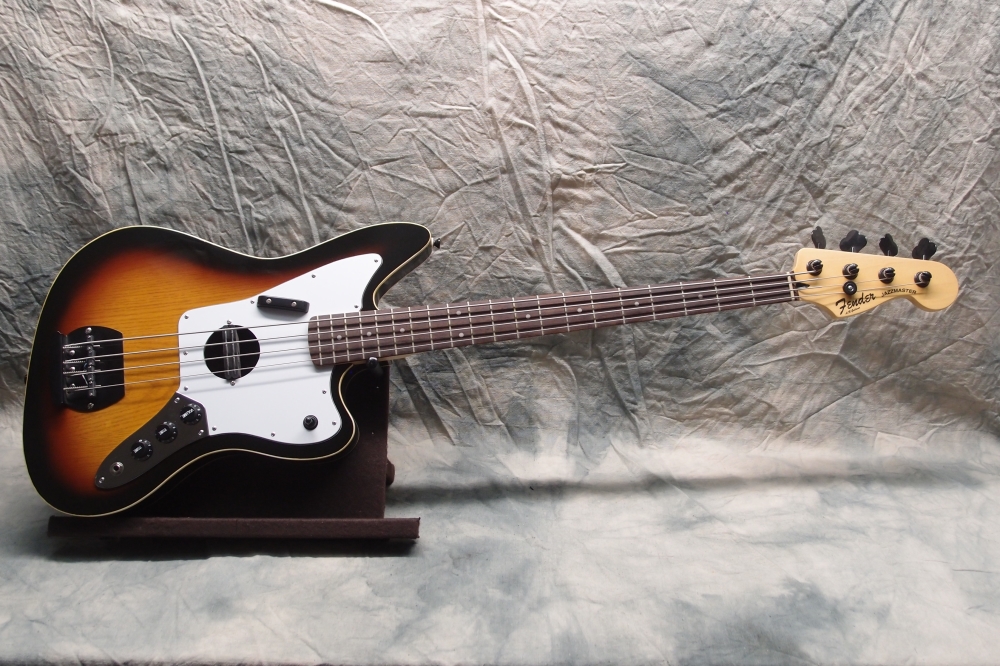


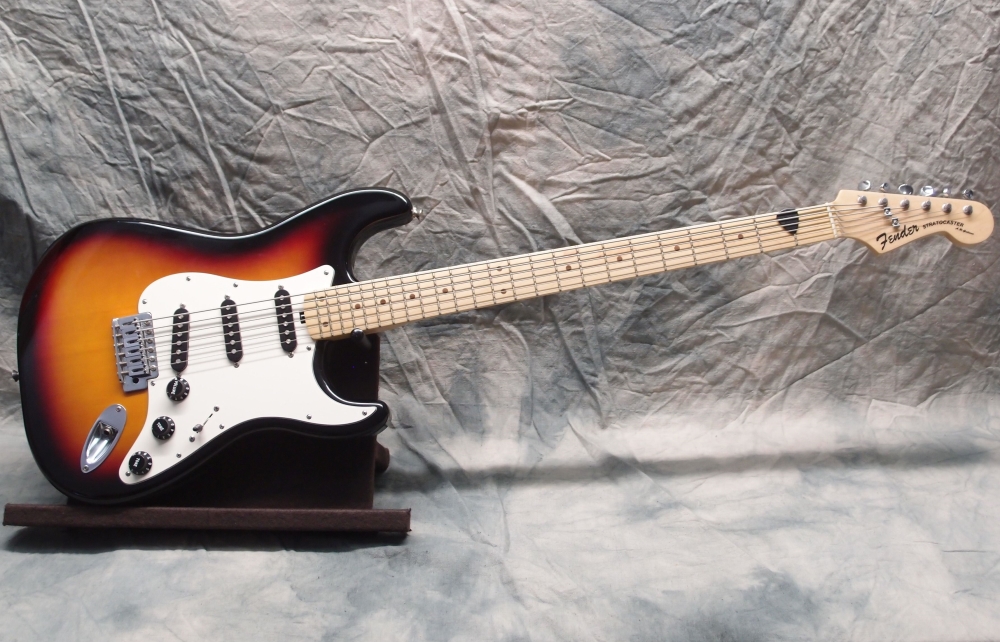
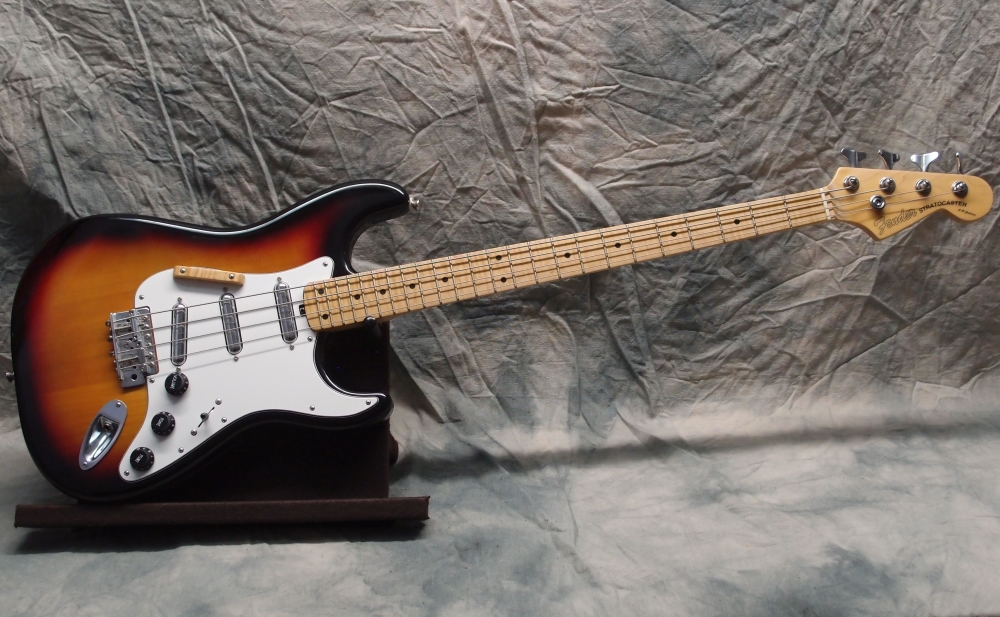
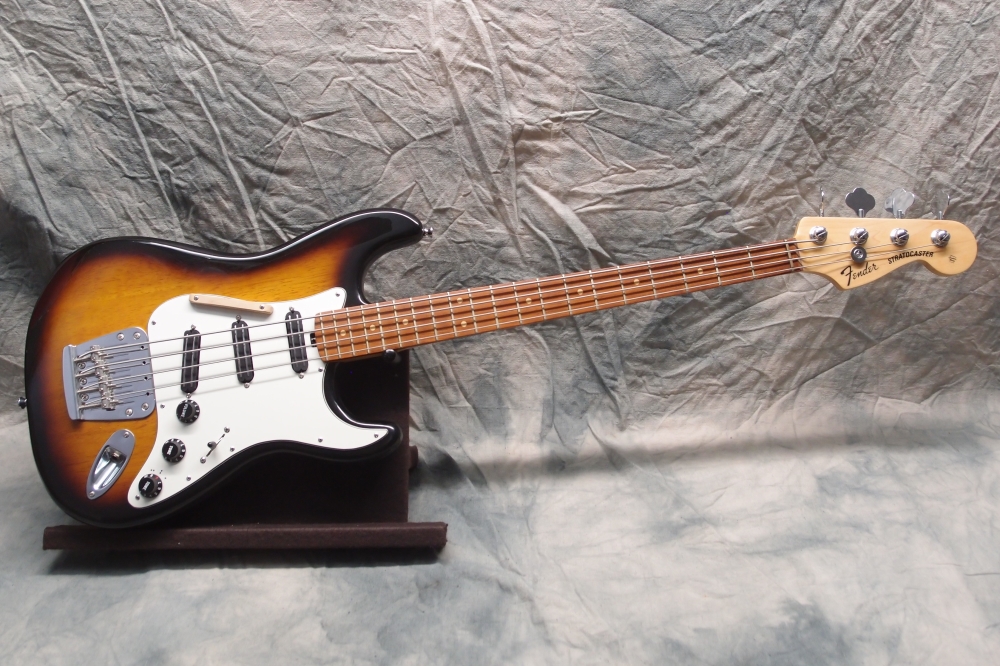
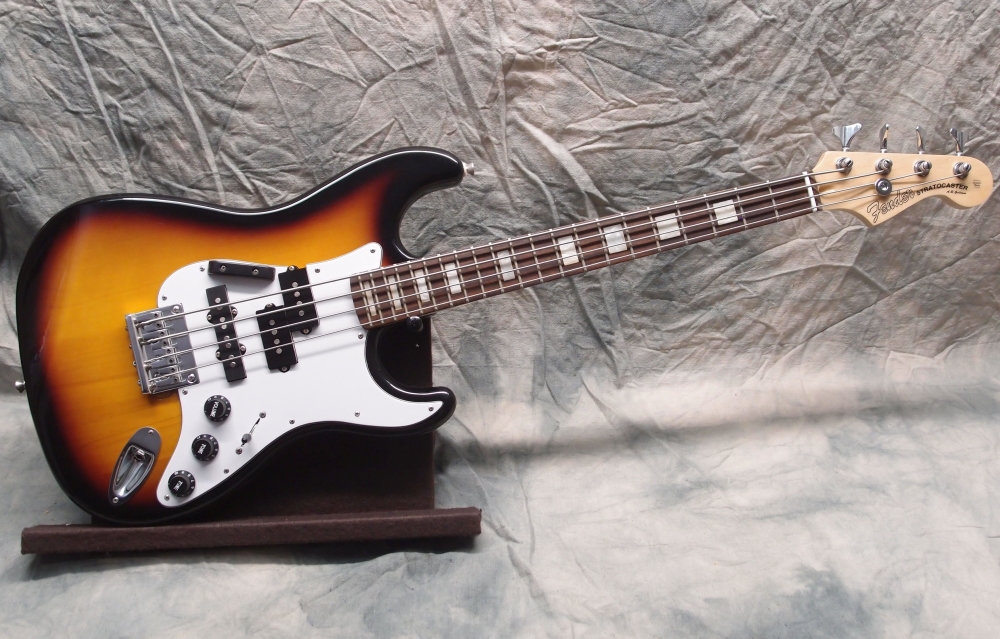
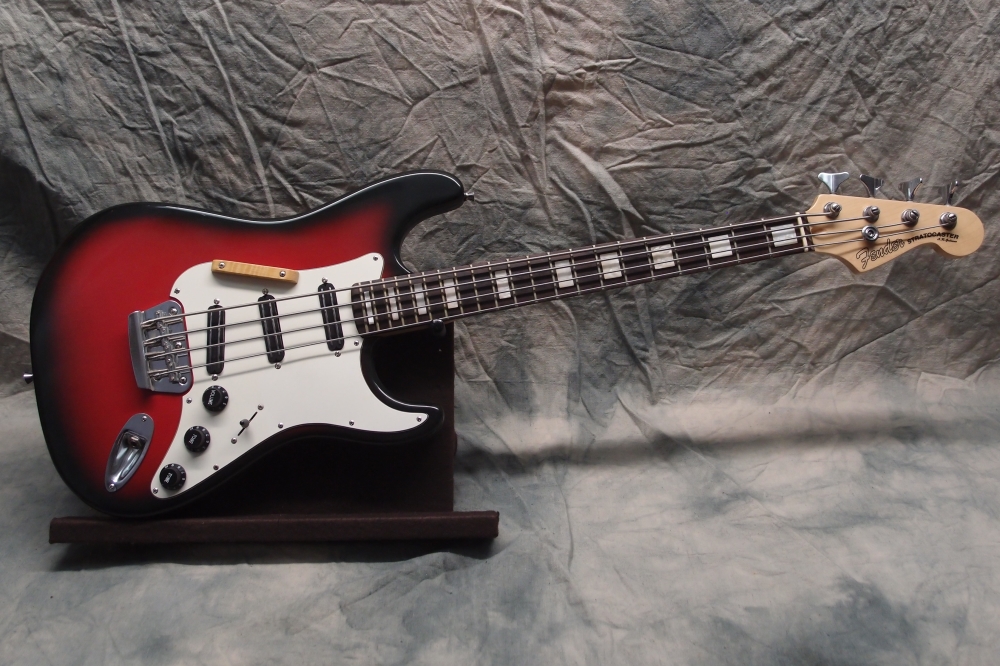
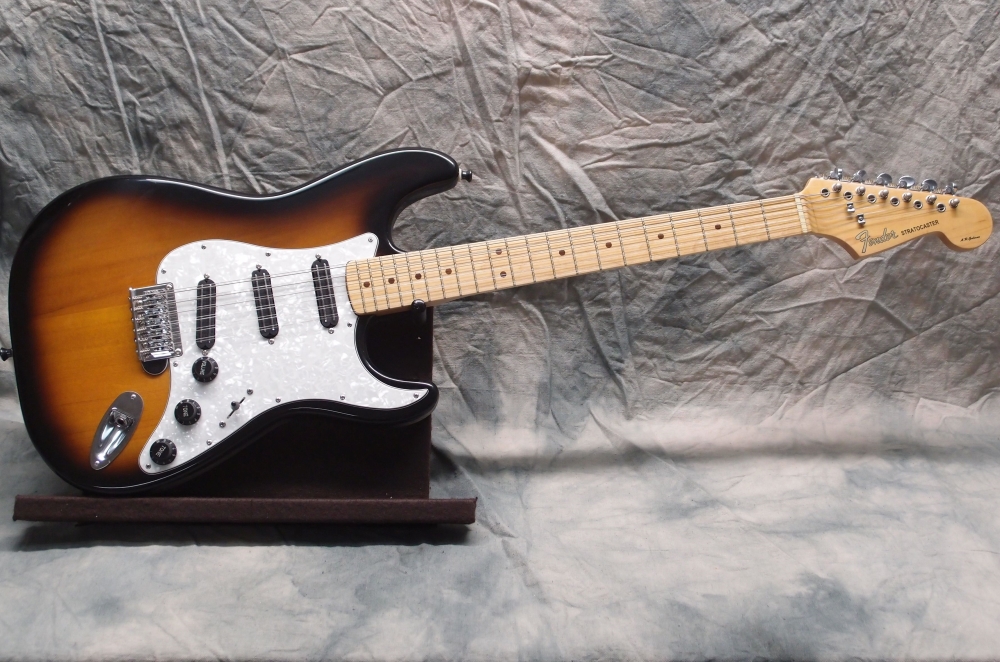
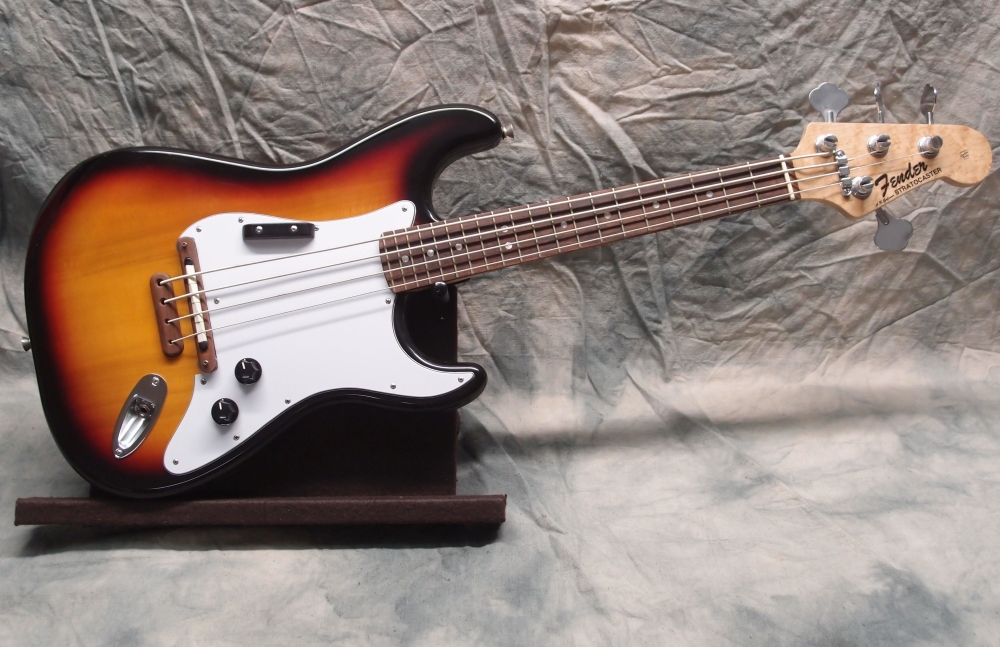
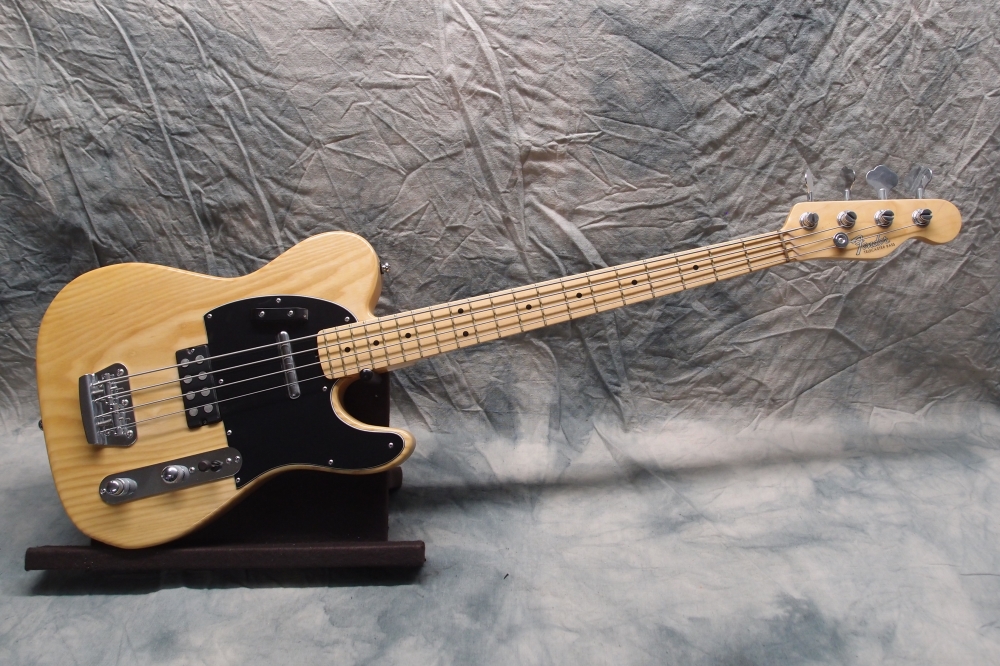
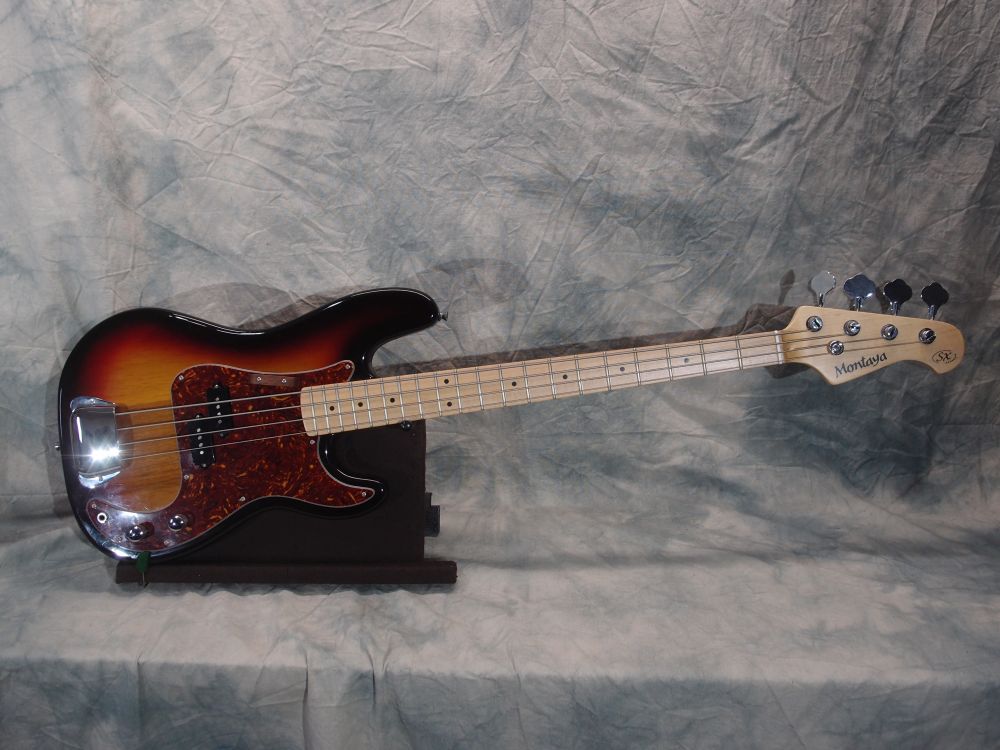
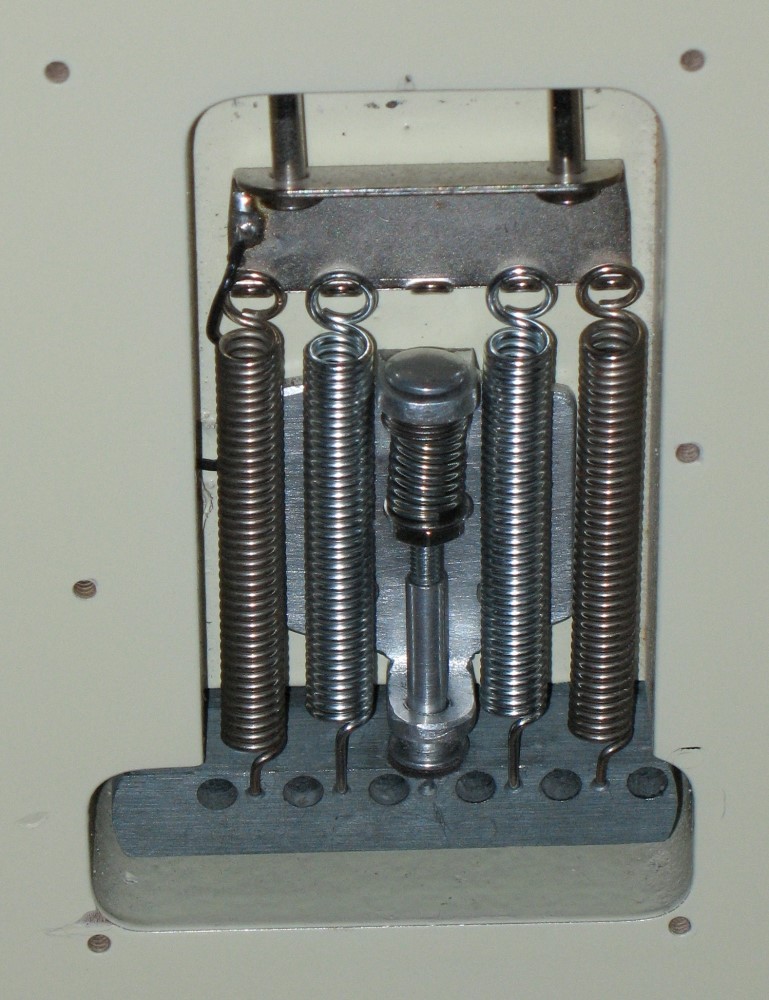

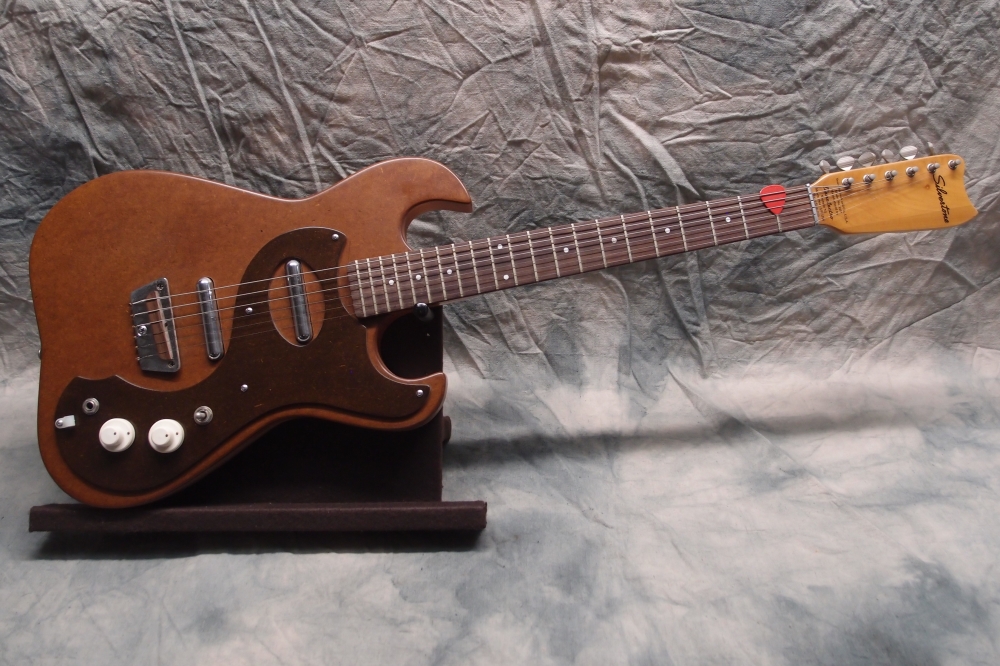
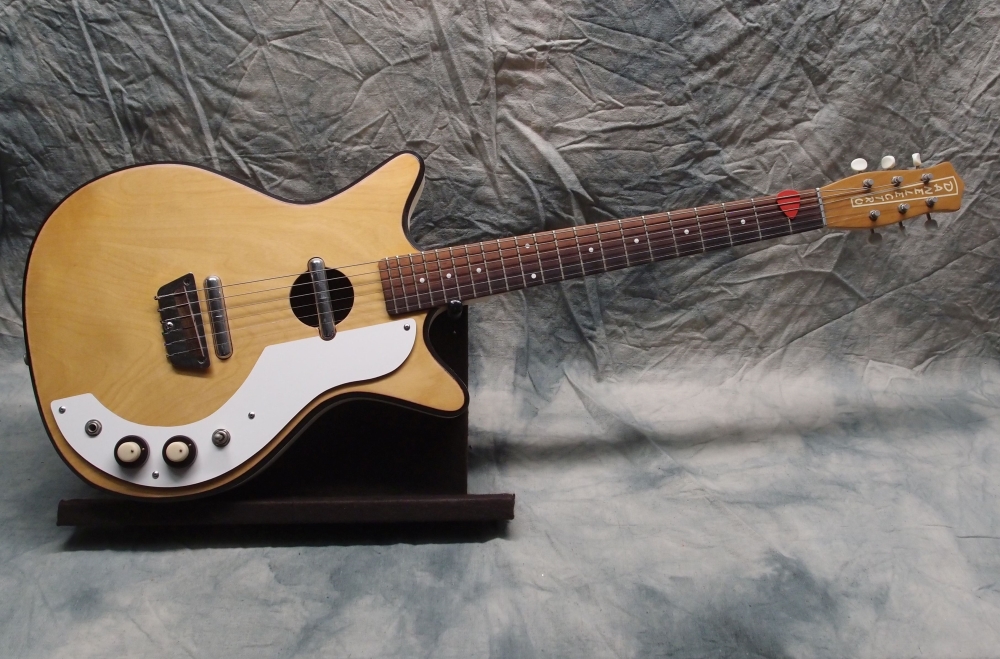

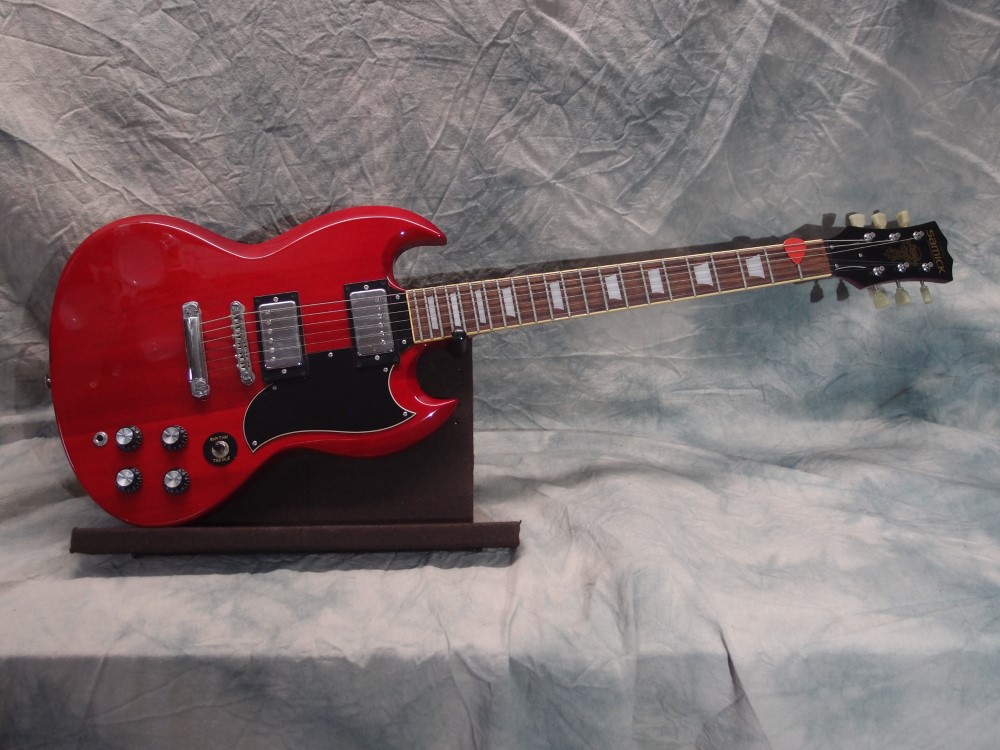
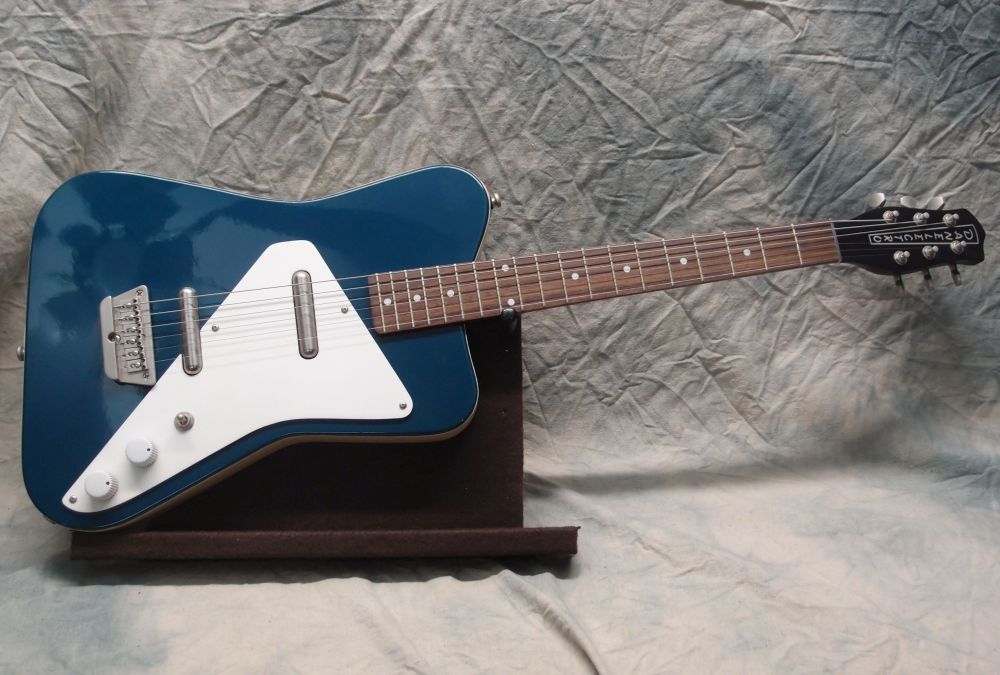

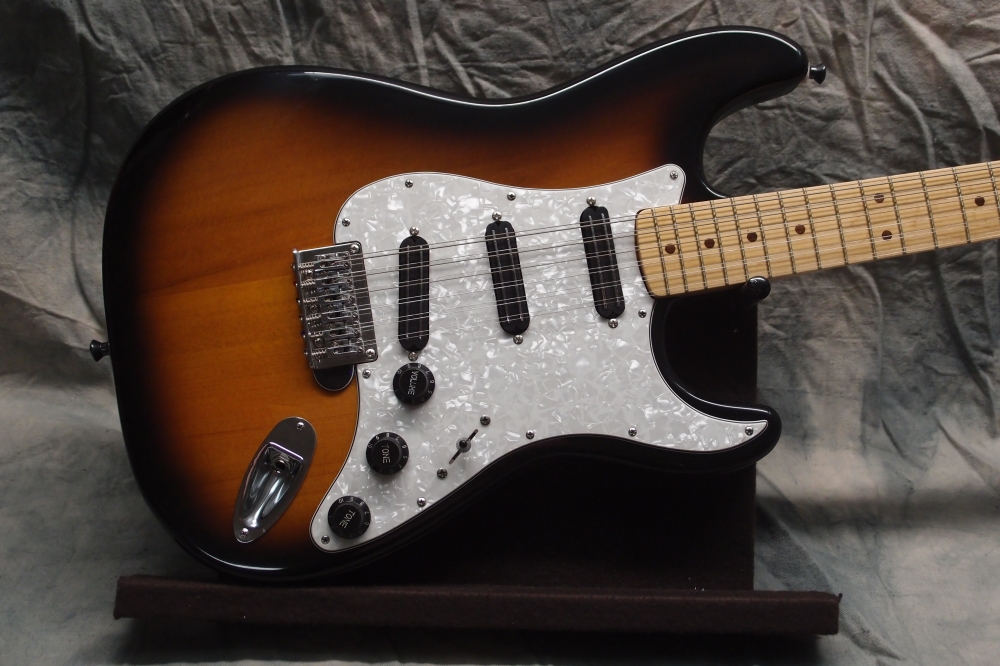

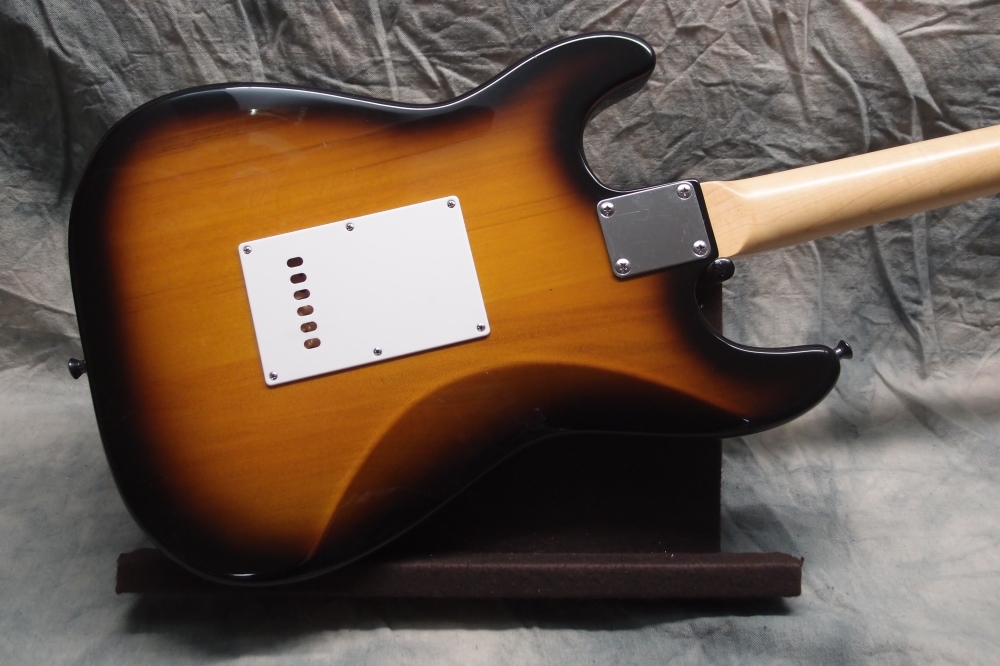
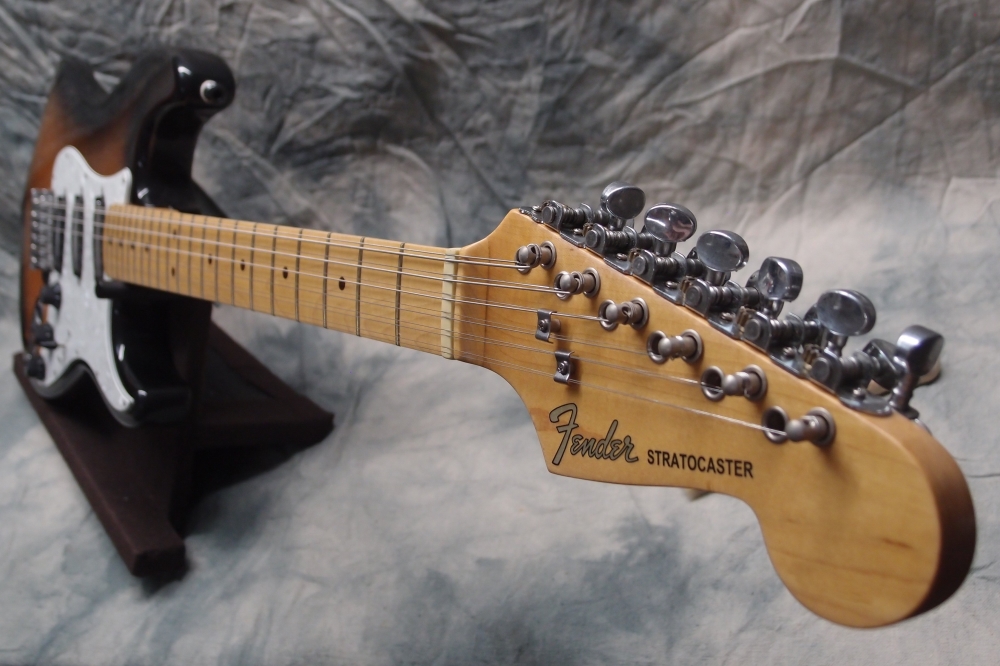
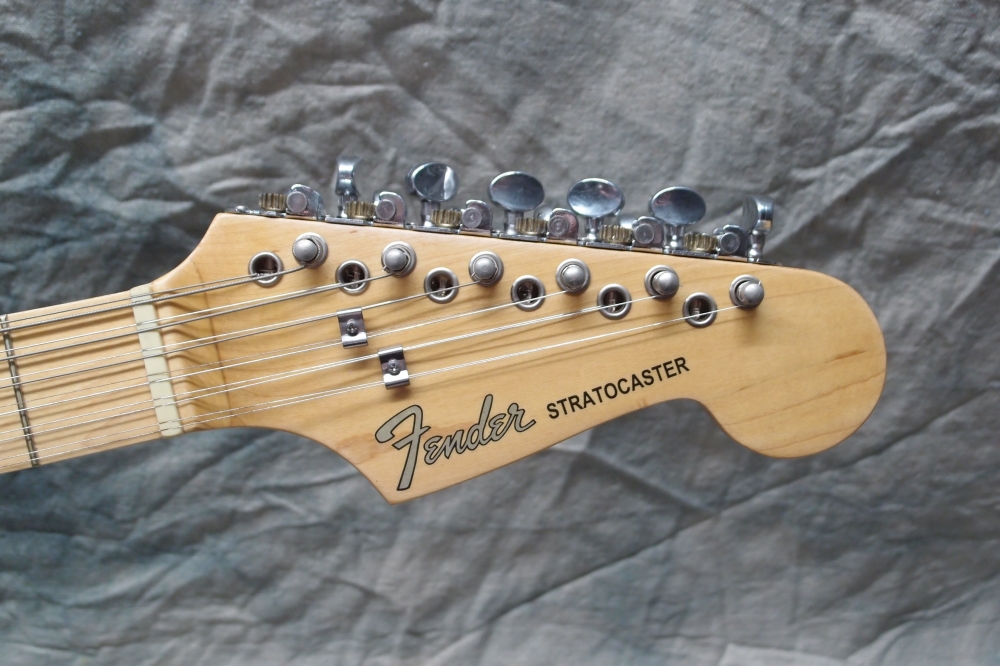



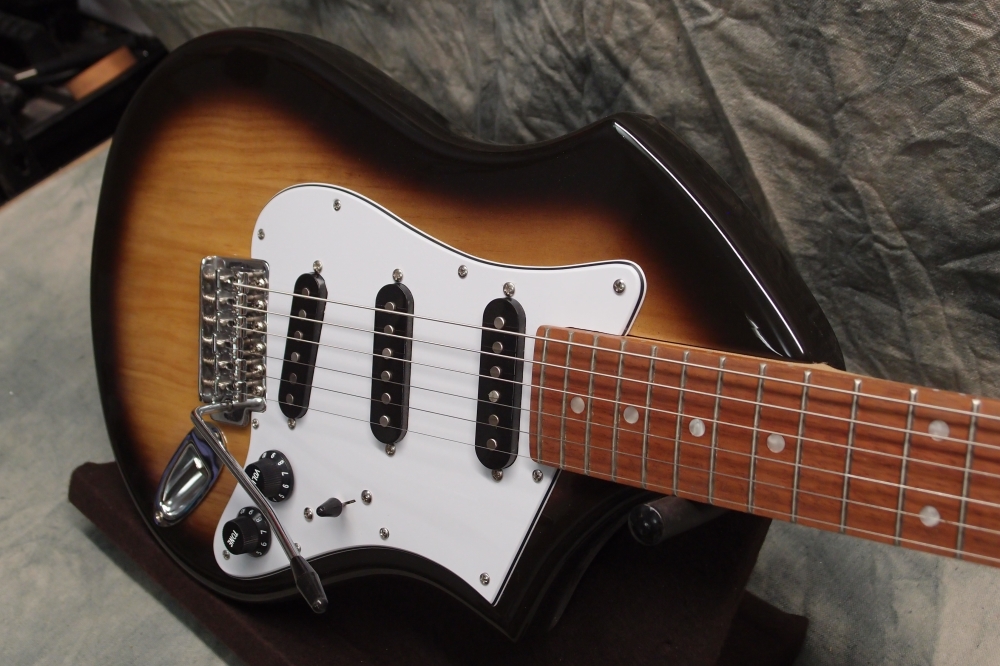
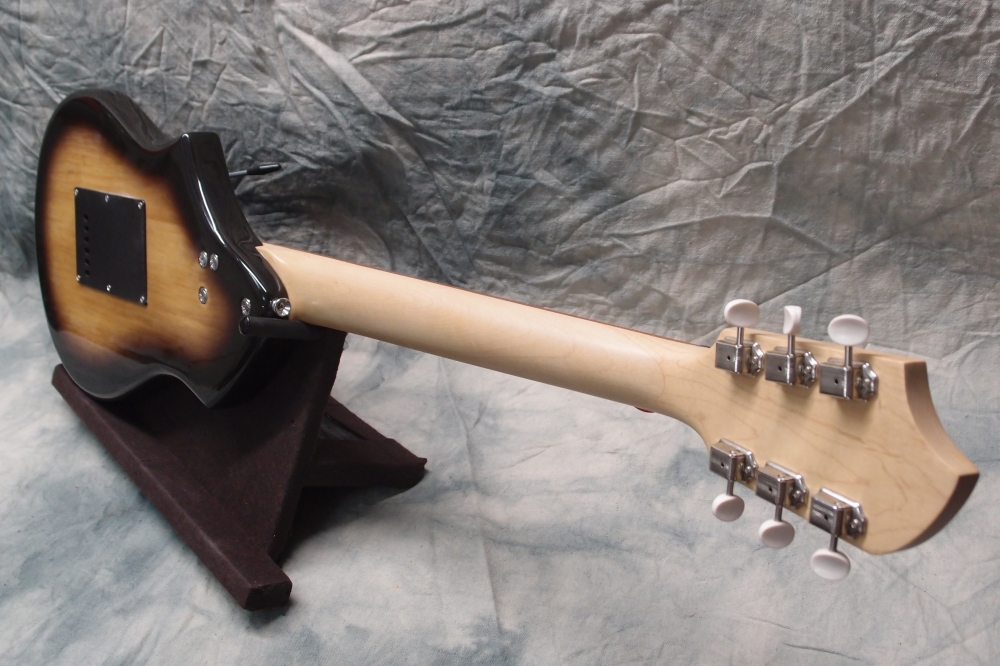
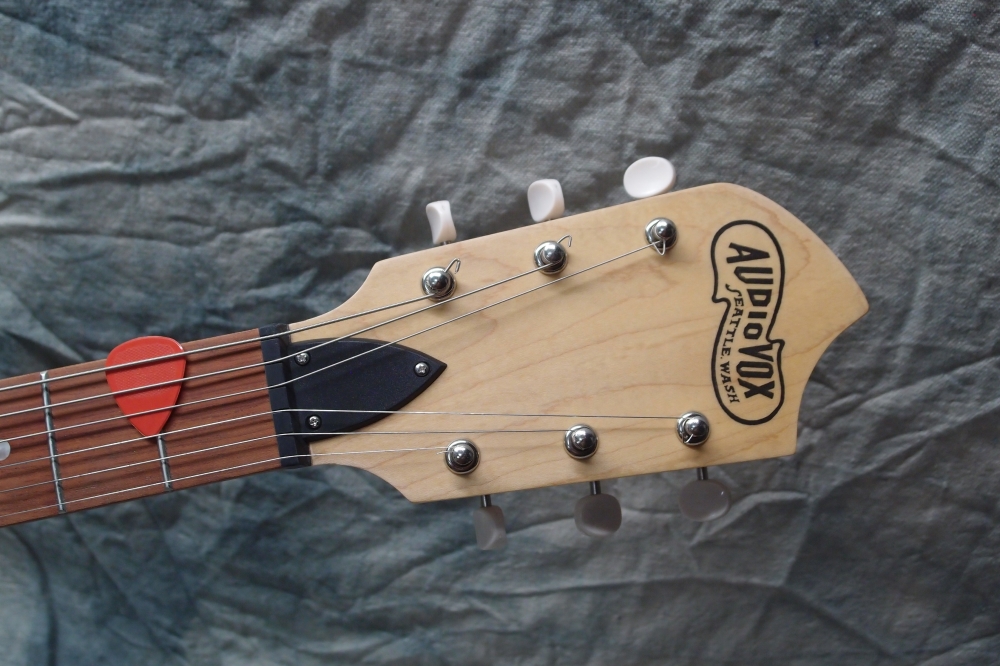
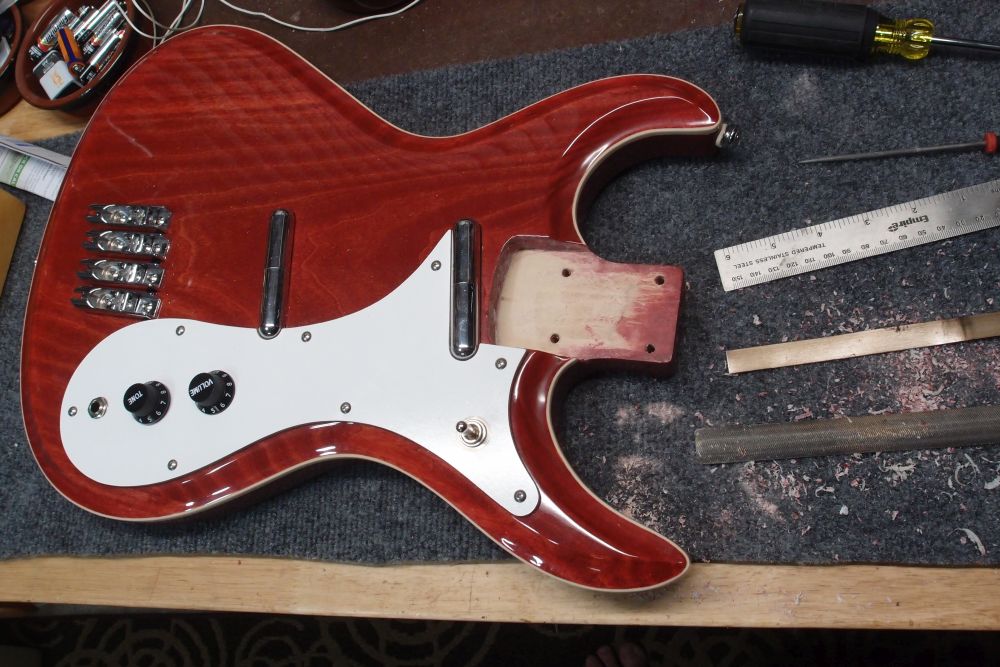
Questions or Inquiries?
Just want to say Hello? Sign the .